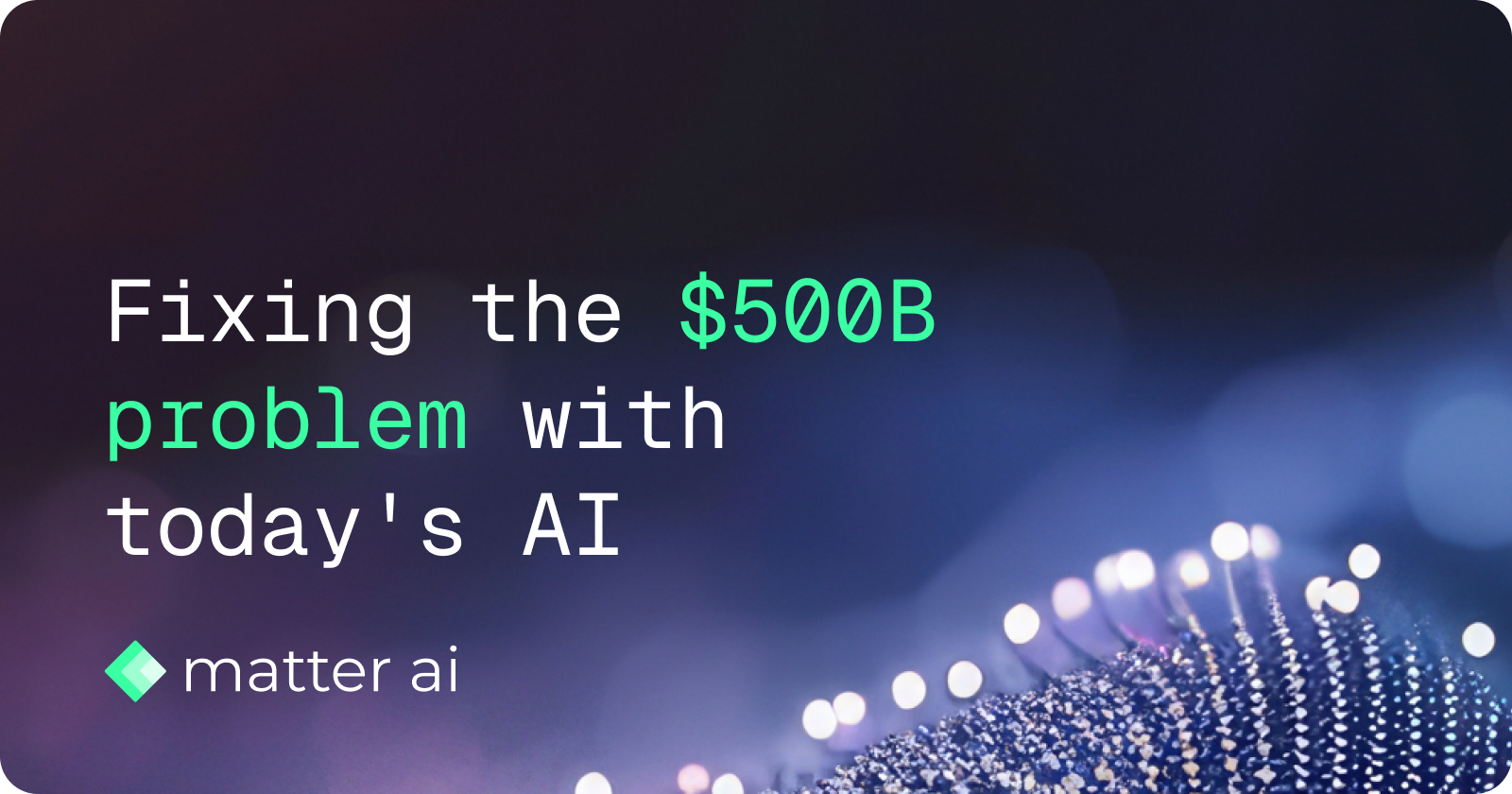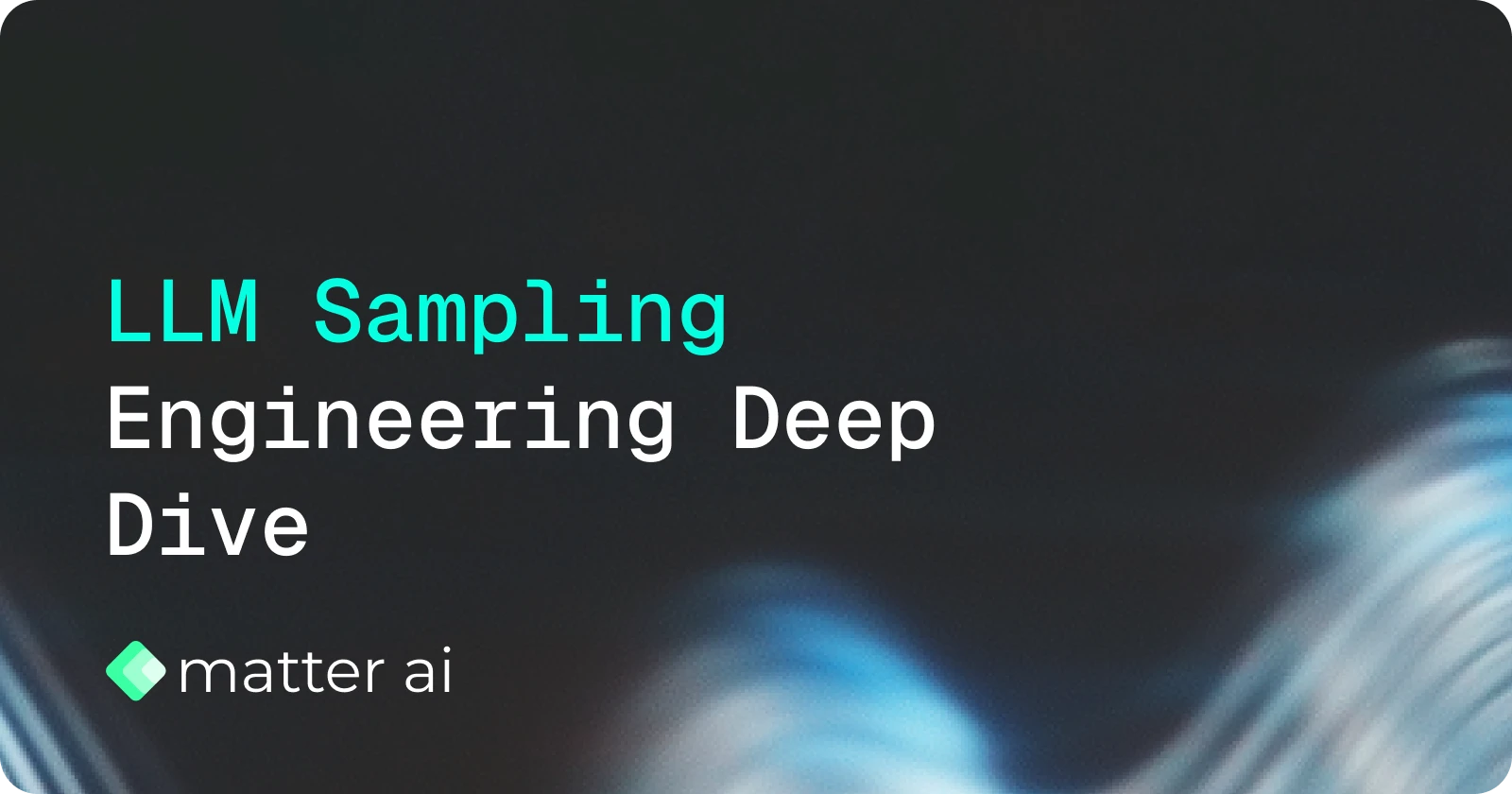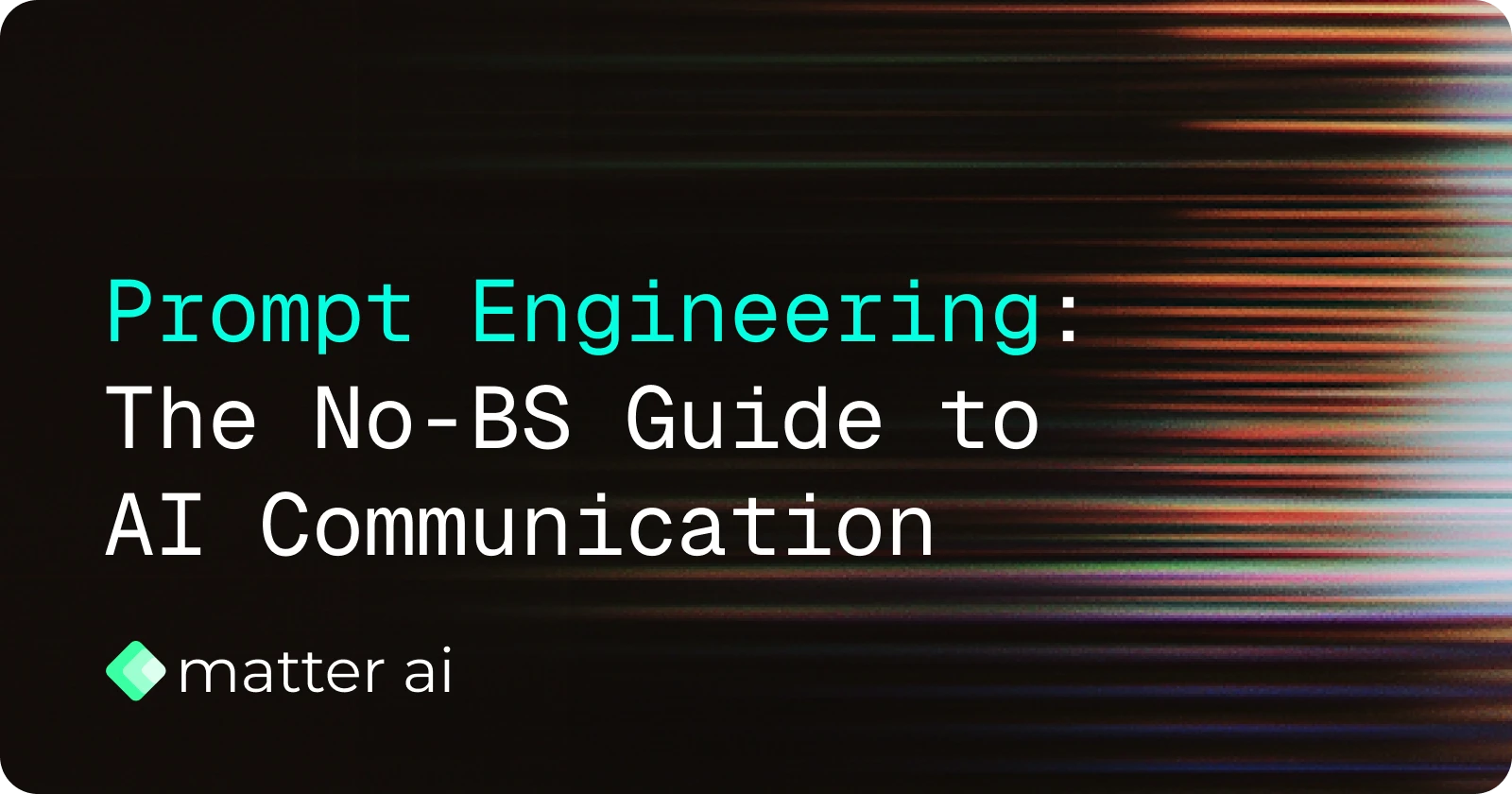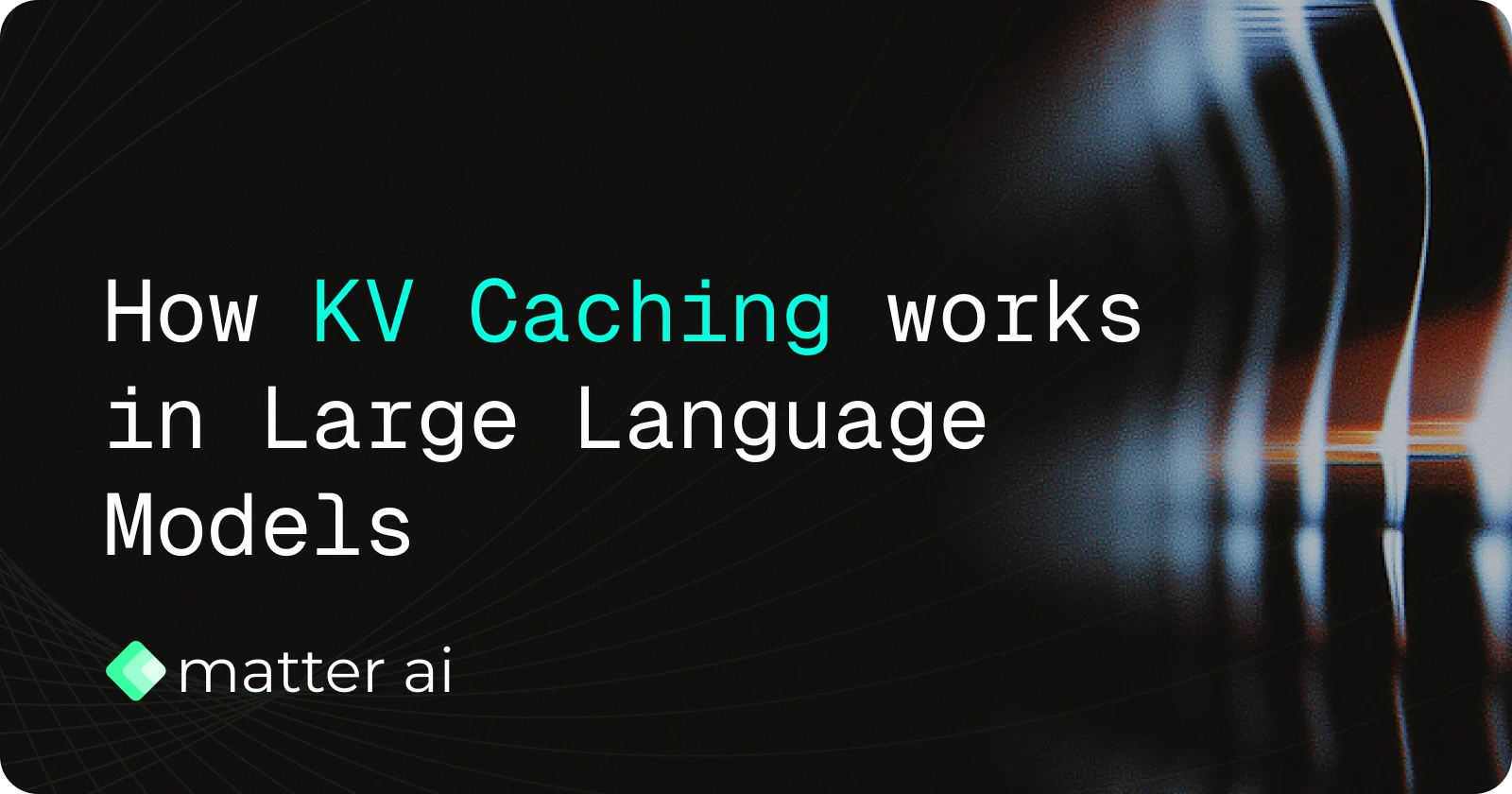Code Quality
AI Code Review
Code Quality: Why It Matters and How AI Can Help

Code quality isn't just about aesthetics or following best practices for their own sake. It's a fundamental aspect of software development that impacts everything from developer productivity to end-user experience. Let's explore why code quality matters and why detecting issues at the pull request stage can save you countless headaches down the road.
What is Code Quality?
Code quality encompasses several dimensions:
- Readability: How easy is it for humans to understand?
- Maintainability: How straightforward is it to modify or extend?
- Efficiency: How optimally does it use resources?
- Reliability: How consistent and dependable is it?
- Security: How well does it protect against vulnerabilities?
Why Code Quality Matters
1. Technical Debt Accumulation
Poor quality code is like taking on debt—it might seem expedient in the short term, but you'll pay interest in the future. Each time developers work with problematic code, they spend extra time understanding it, debugging it, or working around its limitations.
2. Developer Productivity
High-quality code enables developers to be more productive. When code is clean, well-structured, and follows consistent patterns, developers can navigate it quickly and make changes confidently.
3. Application Performance
Code quality directly impacts application performance. Inefficient algorithms, memory leaks, or unnecessary processing can lead to slow response times and poor user experience.
4. Reduced Bug Frequency
Better code quality typically leads to fewer bugs. When code is clear, follows established patterns, and handles edge cases, it's less likely to contain logical errors or unexpected behaviors.
The Pull Request Stage: Your First Line of Defense
Why PR Reviews Are Critical
Pull requests represent a pivotal moment in the development process—they're the last checkpoint before code enters your main codebase. Catching issues at this stage offers several advantages:
1. Cheaper to Fix
The cost of fixing issues increases dramatically the longer they remain in your codebase. A study by IBM found that fixing a bug after release costs 4-5 times more than fixing it during development, and up to 100 times more if discovered in production.
2. Prevents Problem Propagation
When poor quality code enters your main branch, it often becomes a template for future development. Other developers might copy patterns or approaches from existing code, spreading bad practices throughout your codebase.
3. Knowledge Sharing Opportunity
PR reviews aren't just about finding problems—they're learning opportunities. When reviewers identify quality issues, it creates a teaching moment that benefits the entire team.
4. Builds Team Ownership
When teams review code together, they build collective ownership of the codebase. This shared responsibility leads to better overall quality and consistency.

Practical Approaches to Detecting Quality Issues in PRs
Automated Tools
Leverage tools like:
- Static code analyzers
- Linters
- Performance profilers
- Automated test runners
- Code coverage reports
Human Review Practices
Combine automated tools with human intelligence:
Use checklists to ensure consistent review Establish clear quality standards Foster a culture of constructive feedback Practice pair programming for complex features
Moving Beyond "It Works"
The most dangerous phrase in software development might be "it works." This mindset prioritizes functionality over quality, ignoring the hidden costs of poor implementation. Instead, teams should embrace "it works well"—code that not only fulfills requirements but does so in a way that's maintainable, efficient, and aligned with team standards.
Learn more on how MatterAI helps improve code quality across multiple languages in Pull Requests: https://docs.matterai.so/product/code-quality
Are you looking for a way to improve your code review process? Learn more on how MatterAI helps team to solve code review challenges with AI: https://matterai.so
Share this Article:
More Articles

Fixing the $500B problem with today's AI
The key challenges that AI presents today and how we at MatterAI are working on fix them.

LLM Sampling: Engineering Deep Dive
How to tune LLMs to work for you with samplings

Prompt Engineering: The No-BS Guide to AI Communication
Understand, structure and implement prompts that gets you the best, consistant and reduced hallucination outputs.

How KV Caching Works in Large Language Models
KV caching is the optimization that solves this problem, making LLMs faster and more efficient

AI Engineering Productivity: Transforming Software Development
Artificial intelligence isn't just another tool in the developer's toolkit—it's fundamentally changing how we approach problem-solving, code creation, and system design.
Continue Reading

Fixing the $500B problem with today's AI
The key challenges that AI presents today and how we at MatterAI are working on fix them.

LLM Sampling: Engineering Deep Dive
How to tune LLMs to work for you with samplings

Prompt Engineering: The No-BS Guide to AI Communication
Understand, structure and implement prompts that gets you the best, consistant and reduced hallucination outputs.
